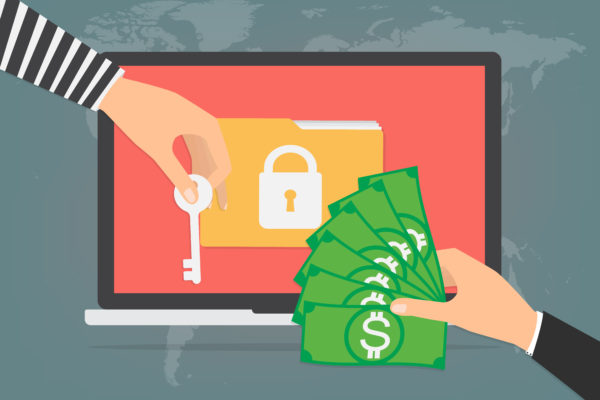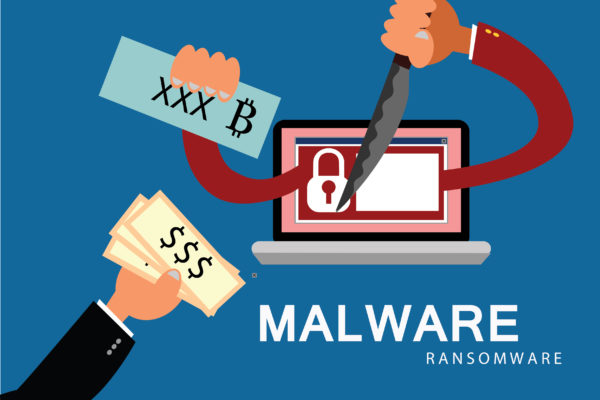Ransomware is an advanced form of malicious software attack that enters the user’s system, encrypting all the data stored in the system. Ransomware removal requires the victim to pay a hefty amount as a ransom to attain the decryption key. Ransomware attacks today use such complex and advanced techniques that it becomes immensely complicated for the user to detect any suspicious activity.
The attackers use advanced encryption algorithms and social engineering skills as tools to exploit the user’s system. Email is the most fundamental and efficient means of delivering malware to the target user. In fact, according to statistics, 94% of the malware is delivered via emails!
The attackers use email to deliver the malware to the user’s computer in a variety of ways
Malicious attachments are an essential and widely used tool by the cybercriminals. The attacker may send the potential victim an email comprising of malicious attachments in the form of an executable file, document, or picture. These attachments may seem legitimate and authentic, and maybe as simple as the company’s financial data, a resume, or a new project, nowhere close to a virus. Unaware of this, when the user opens the emails and clicks on the attachment to open it, the virus is released into the system, thus infecting the computer or other devices and encrypting the user’s files. Once this is done, a dialogue box appears on the screen displaying the message that the files have been locked and demanding a huge ransom for ransomware removal.
Malicious Links is another technique used by attackers to infect the system. It employs phishing to send disguised emails to targeted recipients. The email might contain links to compromised websites. These deceptive links may not seem suspicious to the recipient and clicking on them might redirect the user to a website that is fraudulent or result in a malware download in the system, thereby encrypting the computer’s hard disk.
Another trick used by these crooks is by deceitfully altering the website URL, for example, using http instead of https, making it difficult to detect, easily deceiving the user to click on the link. This phenomenon is known as domain spoofing. By successfully making minute changes to the domain of the website, the crooks are able to deliver the malware.
Social Engineering is frequently used by hackers to gain access to the victim’s personal and confidential information. Spoofing is a widely used method where the recipient might receive an email, pretending to be an official and a trusted entity such as a bank or insurance company requiring the user to fill a form. Oblivious of the scam, the user might end up providing private information such as account numbers, passwords, and other details, thereby making it easier for the hacker to access the accounts.
Sometimes, the attacker after carrying out considerable research on the victim is able to manipulate them. They may send a malicious email discussing the latest business plan, deceiving the receiver to trust it as authentic. The victim’s response to the email paves way for the malware to enter the system and gain access to the files.
Since you’re now aware of the various approaches used by cybercriminals to manipulate and exploit the potential victim, be extra cautious while opening an email or clicking on an attachment. Verify the authenticity of emails received from unknown sources, otherwise, your system might get encrypted with malware. Ransomware removal would be an excruciating task and you’ll have to face debilitating consequences.



